Creating Massive Value in Small Group Instruction
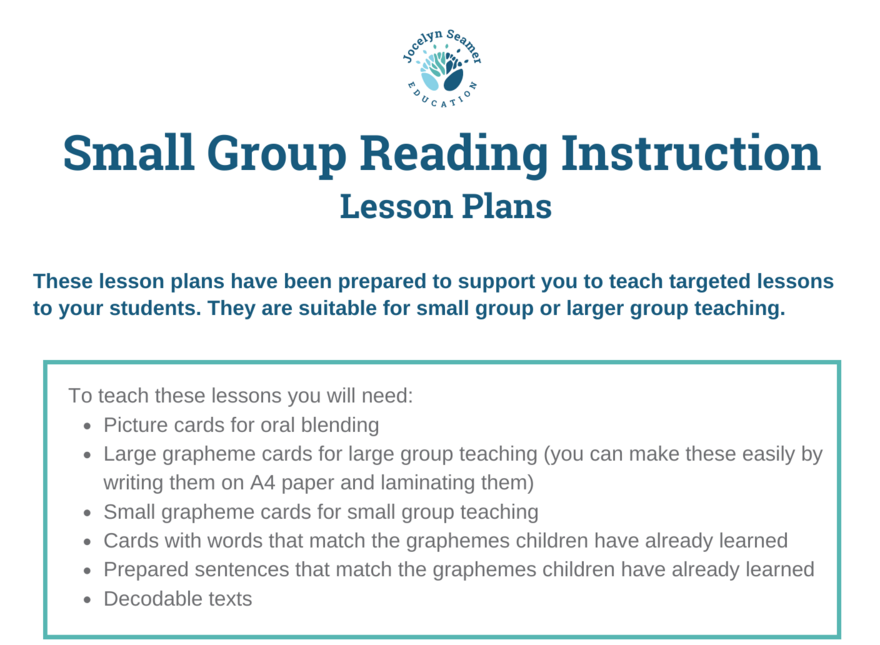
Over the past couple of posts I have explored what it looks like to provide targeted teaching that specifically matches the needs of your Foundation students. Firstly, I provided a suggestion for what to teach at each stage of the beginning phases of learning to read. Next, I ran through what you can expect to be able to teach whole class. This week (as promised), I will cover what to actually DO in small group instruction.
Firstly, we need to get on top of some basic principles and terminology about small group instruction. I am using the term ‘small group reading instruction’ as opposed to ‘guided reading’ or ‘group work’. Guided reading has its roots in whole language practice which traditionally utilises predictable texts where children are grouped according to a ‘number’. They are then taught the three-cueing method of reading which includes a bunch of guessing strategies. So that we are really clear about what we are talking about, I am going to avoid this term. What I am writing about can also not be called group work because this suggests that we give children activities that they work on together and they teach themselves/each other the material. This is most certainly NOT what I am referring to when I talk about small group reading instruction.
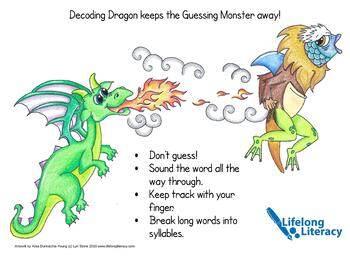
Basic Principles
Number 1 – Never do in a small group what you could do as a whole class.
I love this recommendation from Timothy Shanahan. He talks about seeing teachers deliver the same lesson three times to successive groups. This is a clear case of group work for group work’s sake and should be avoided for the primary reason that it is a waste of time. There is so much more to be gained from teaching 15 children for 45 minutes than in teaching 5 children for 15 minutes each.
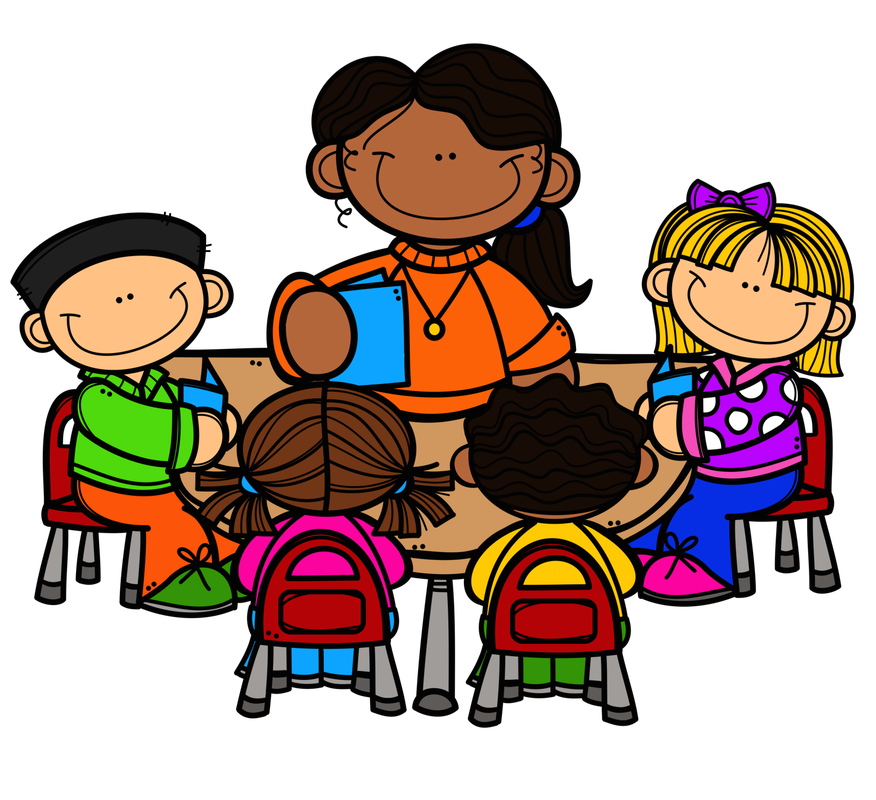
Number 2 – The more vulnerable the learner the tighter the content selection and instruction needs to be.
Nancy Young’s Ladder of Reading shows us that a large percentage of children need a very structured and systematic approach to reading instruction.
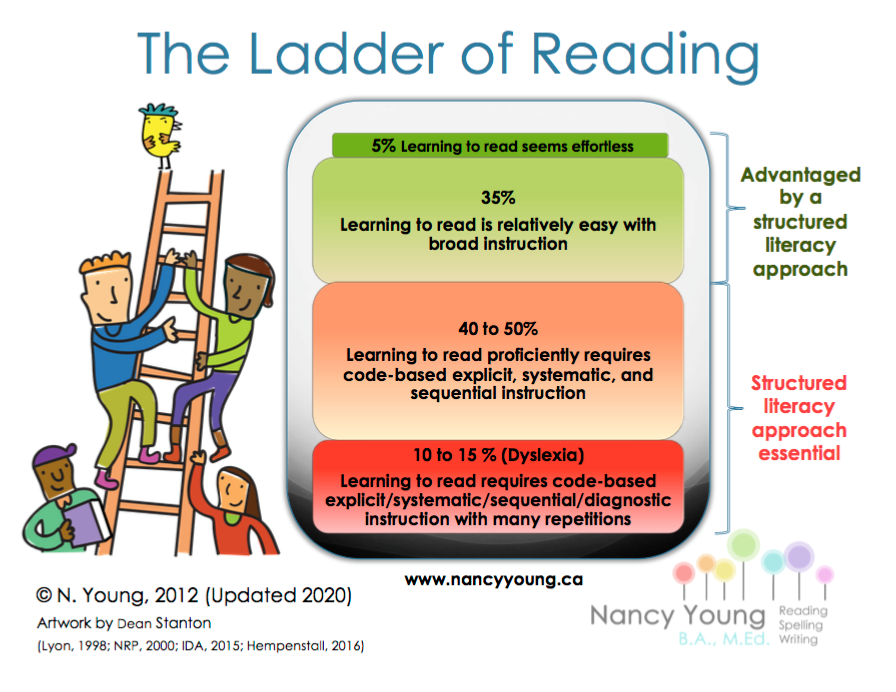
The means that their reading instruction needs to enable them to:
- Work on a small set of phoneme/grapheme correspondence at a time.
- Practice and rehearse those correspondences until mastery is achieved BEFORE moving on to the next set.
- Be taught phonemic awareness explicitly both with and without graphemes.
- Constantly review previously learned material.
- Read decodable texts that are tightly linked to their phonics knowledge and text complexity that matches their ability to blend.
- Learn the entire alphabetic code in the manner described above.
- Have their learning closely monitored so that if they miss things or run into trouble in any way, their teacher can step in and provide extra practice and support so that they do not fall behind.
These are the recommendations for children who do not have a learning difficulty or delay. They simply need a structured approach to learning to read. Teaching all children in the manner described above means that you do not have to find a crystal ball to predict which children may or may not need a more structured approach. Give it to them all and all will benefit.

For our children with a learning difficulty or developmental delay (diagnosed or undiagnosed) the need for the above principles to be followed is even more intense. These children need a rigorously planned and monitored approach so that at the first sign of difficulty or forgetting, they are given ‘right there’ support.
Number 3 – Not all children learn at the same pace
It is a universal truth that every classroom is filled with diversity. Neurodiversity is only one of the ways that children differ. The pace at which children learn is effected by a number of factors including:
- Working memory capacity
- Executive functioning
- Processing speed
- Ability to attend to learning and transfer information into the long-term memory
- Their RAN (rapid automatic naming)
Some children will soak up what you have to offer and be ready for the ‘next thing’. Others will need you to be more measured in your approach, to build the field for longer, to provide more exposures to what you are teaching and to provide much more repetition and practice than other children need.
All of these factors and the profile of your class overall will guide you in your decision making about how much to teach whole class and how much to teach small group.

What it looks like
For the purposes of the following guidance, I am assuming that you have an element of small group reading instruction for phonics and fundamental reading skills. Beyond that, I will try not to make assumptions, but to provide some general guidance that you can draw upon as suits your classroom and context the best. Let’s have a closer look at the reading instruction groups that I shared in a previous post.
Group number 1

Group number one needs the following:
- Phonemic skills (taught whole class)
- Phoneme grapheme correspondence (connecting letters with sounds)
- To have reading with graphemes (letters) modelled for them (included in morning routine)
Therefore, the focus in your small group lesson is phoneme grapheme correspondence and learning to blend orally.
Group Number 2

Group number two needs the following:
- Phonemic skills (taught whole class)
- Phoneme grapheme correspondence (connecting letters with sounds)
- To learn to read words with graphemes.
Therefore, the focus in your small group lesson is phoneme grapheme correspondence and blending with graphemes.
Group Number 3

Group number three needs the following:
- Phonemic skills (taught whole class)
- Phoneme grapheme correspondence (connecting letters with sounds)
- To learn to blend words ‘in their head’
Therefore, the focus in your small group lesson is phoneme grapheme correspondence and blending with graphemes both aloud and in their heads. Reading simple sentences.
Group Number 4

Group number four needs the following:
- Phonemic skills (taught whole class)
- Phoneme grapheme correspondence (connecting letters with sounds)
- The high frequency words needed for decodable texts
Therefore, the focus in your small group lesson is phoneme grapheme correspondence, blending in their heads, high frequency words and reading decodable texts.
Group Number 5

Group number five needs the following:
- Phonemic skills (taught whole class)
- Phoneme grapheme correspondence (connecting letters with sounds)
- The high frequency words and punctuation knowledge needed to read more complex decodable texts.
Therefore, the focus in your small group lesson is phoneme grapheme correspondence, high frequency words, punctuation and reading more complex decodable texts.
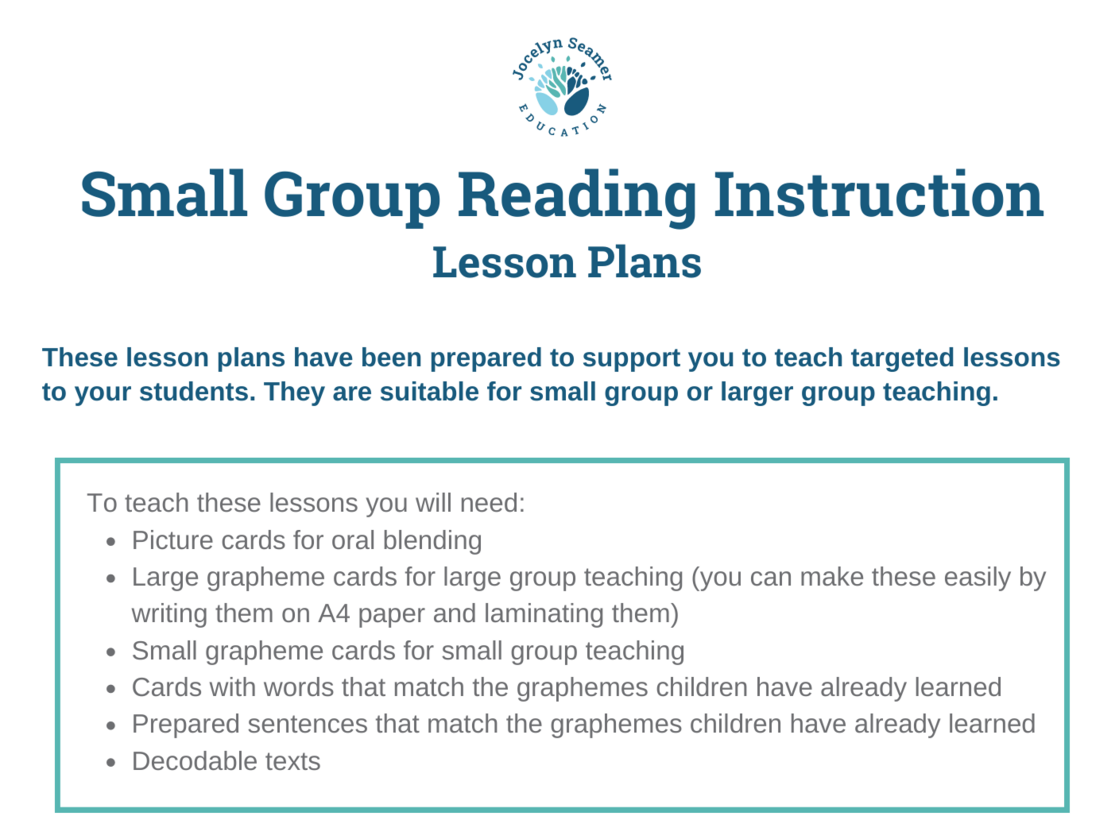
To support your teaching I have created some A4 lesson plans for you. The aim of these plans is that you can have them next to you while you teach so that you don’t have to memorise the steps for each group. Simply enter your details and be directed to download this free resource

 Jocelyn Seamer Education
Jocelyn Seamer Education
6 comments
Would love information about small group instruction as we are new to this style of teaching.
Hi Cherie. I will cover this topic more in my new Masterclass - The Top 3 Mistakes Foundation Teachers Make in Reading Instruction (and how to avoid them). You can sign up (it's completely free!) in the professional learning opportunities tab above. Take care, Jocelyn.
Thank You
This is fabulous, Jocelyn! Very clear, explicit and wise. Thankyou!
Teacher, Australia
I am very interested in learning more about lessons to support my students.
Leave a comment